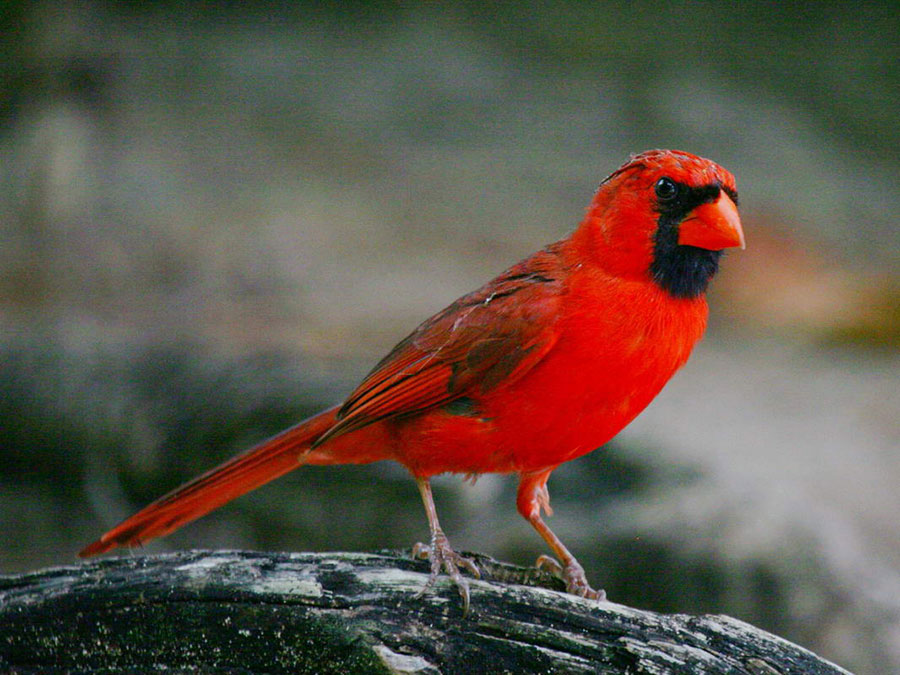According to a study published on Monday, Cardinals in Atlanta, Georgia, were found to contribute towards reduced transmission rates of the West Nile virus.
The research was published in The American Journal of Tropical Medicine and Hygiene, and it labeled Cardinals as a “super-suppressor” species, being able to slow West Nile virus transmission by drawing infected mosquito bites. Georgia’s infection rate for West Nile virus since 2001 has been shown to be quite low, being 3.3 per 100,000 individuals, while at least 1 out of every three birds in Atlanta has been shown to be exposed to the virus. According to the CDC, 7 out of 10 individuals infected with West Nile virus do not display any obvious symptoms, while 1 out of 5 may present headaches, joint pains, diarrhea or rashes.

Cardinals take one for the team
Researchers led by Rebecca Levine, Ph.D., from Emory University, found out that in mid-July, mosquitoes carrying the West Nile virus feed on more cardinals than robins. Cardinals appear to be mediocre hosts for spreading the virus, while robins can efficiently pass the virus to other mosquitoes as they get bitten. While Cardinals were labeled as “super-suppressor,” robins were considered “super-spreaders” because of their effectiveness spreading disease.
The team spent three years collecting birds and mosquitoes from the city of Atlanta to carry out blood analyses and then determine which specimens had the virus. The researchers found out that Cardinals, although being able to carry the virus, are less likely to have enough amounts of it circulating in their bloodstream for other mosquitoes to pick up the disease by biting them.
The seasonal trigger appears to be linked to the annual rise in Atlanta’s mosquito population, which is directly related to a higher rate of potential transmission of the West Nile virus, thus diverting in a greater number of infections reported in humans.
Other environments are yet to be proven to share the same mosquito feeding characteristics as Atlanta does, but it appears that many cities and states in the southeast share a similar pattern, where bird infections of West Nile virus do not directly translate to human infections. On the other hand, it appears that in the Midwest the situation is the opposite, as Chicago has a six-times higher infection rate when compared to Atlanta, where only 1 out of every five birds shows signs of infection.
Researchers also pointed out that there was a lesser incidence of West Nile virus in older forests.
“So, we might find that keeping old-growth forests intact, even in urban areas, can provide more than just an interesting piece of history,” stated Levine, who is also an epidemiology expert at the CDC.
She claims that, if scientists are capable of identifying what features of the ecosystem allow fighting transmission, it is possible to promote these factors and eradicate the disease.
Levine said that acting upon these findings would not be the same as releasing more cardinals to the environment, as it may alter the balance of the ecosystem.
Source: EurekaAlert
